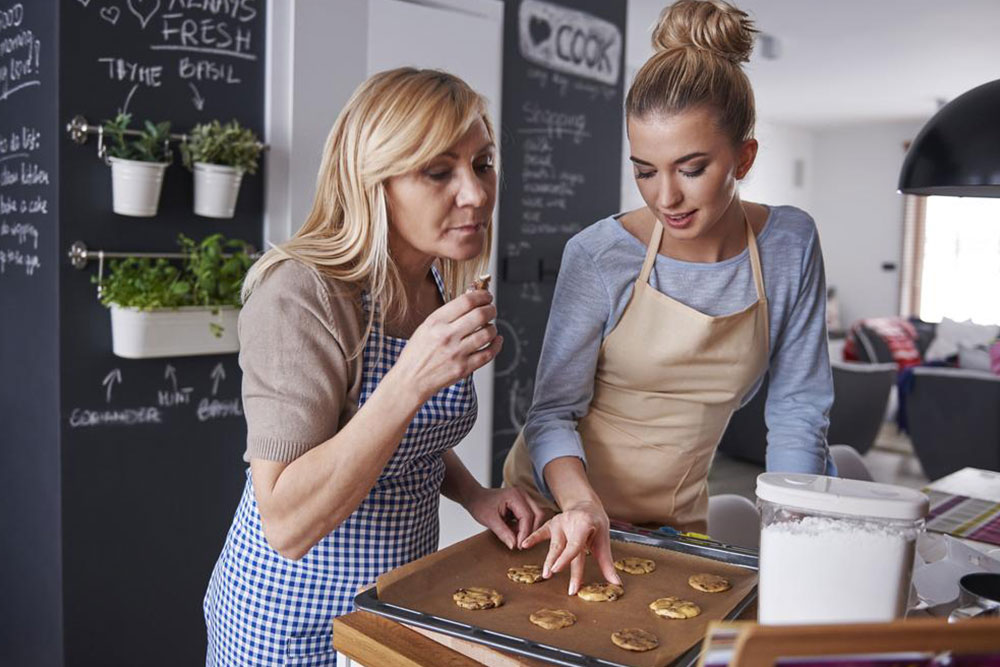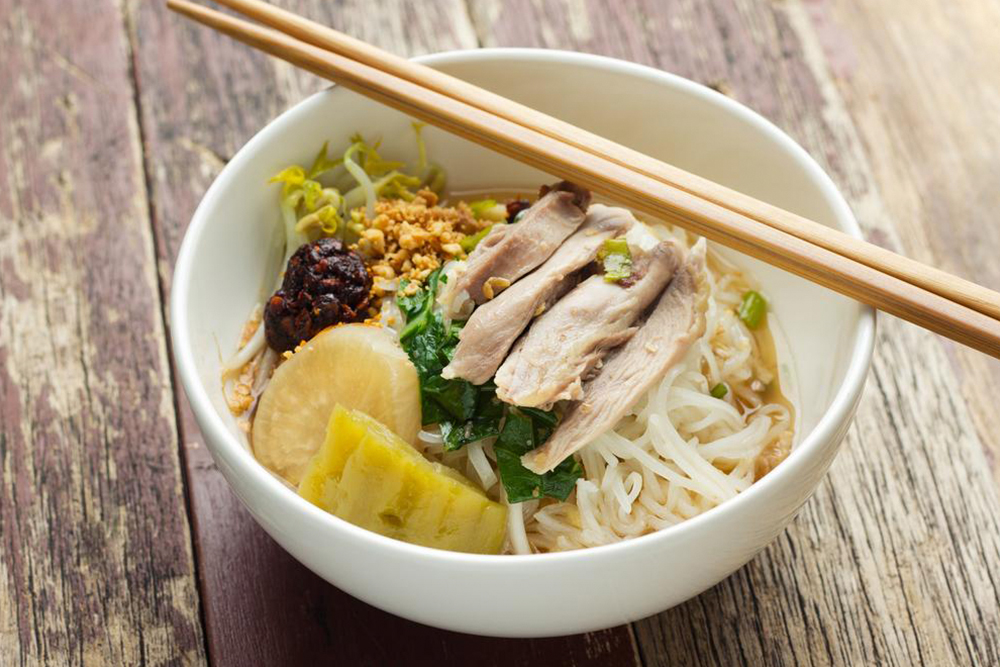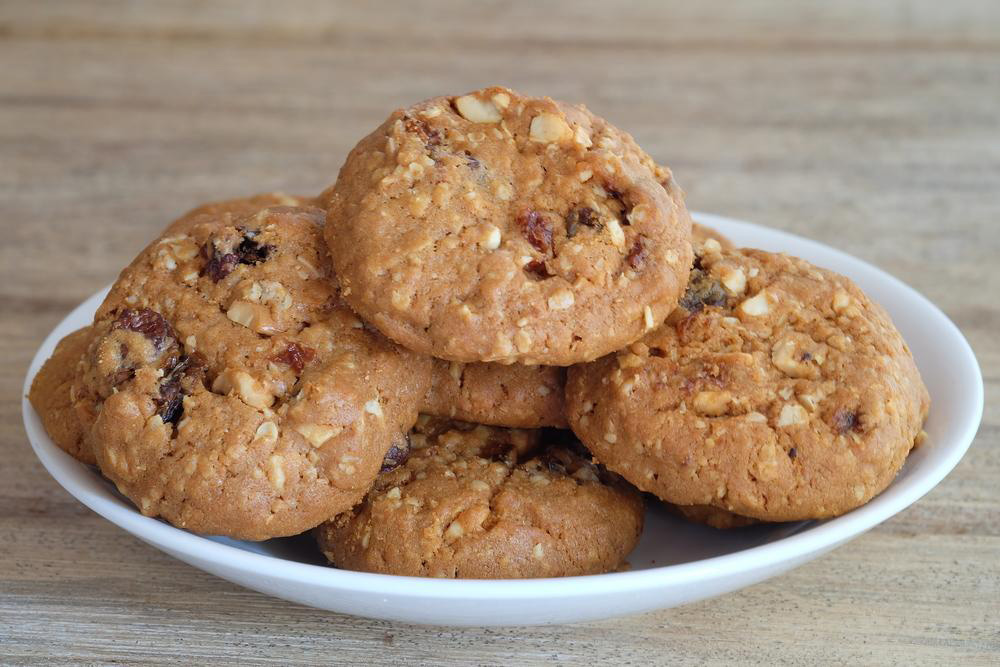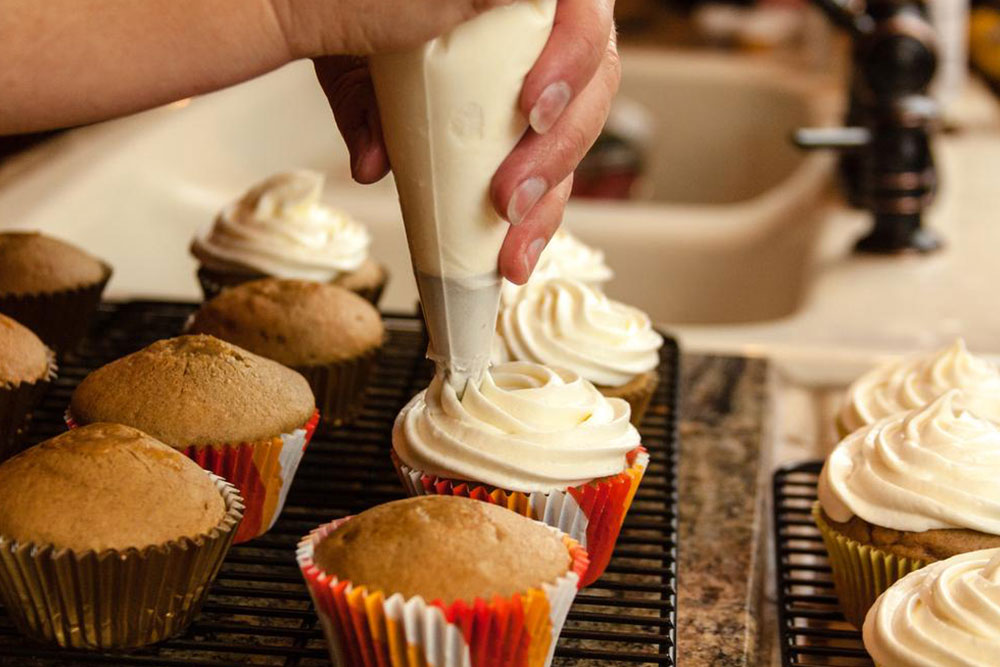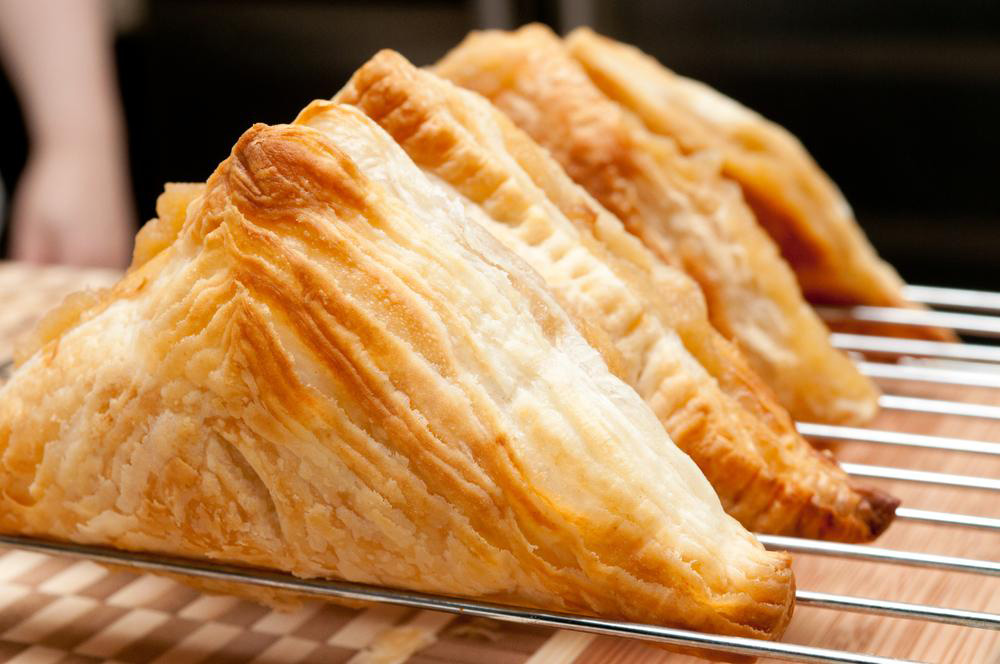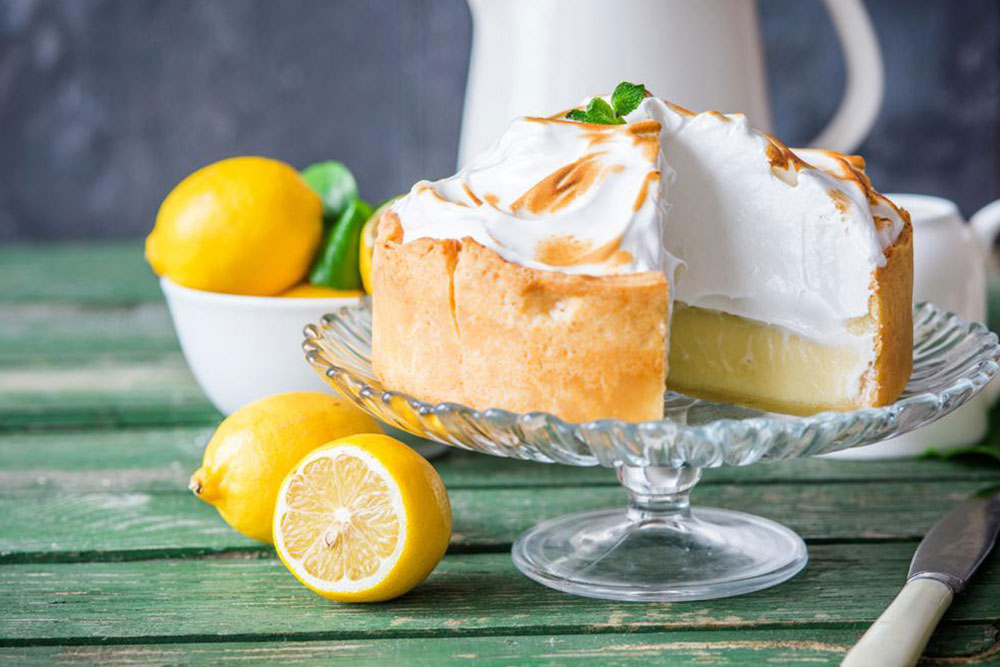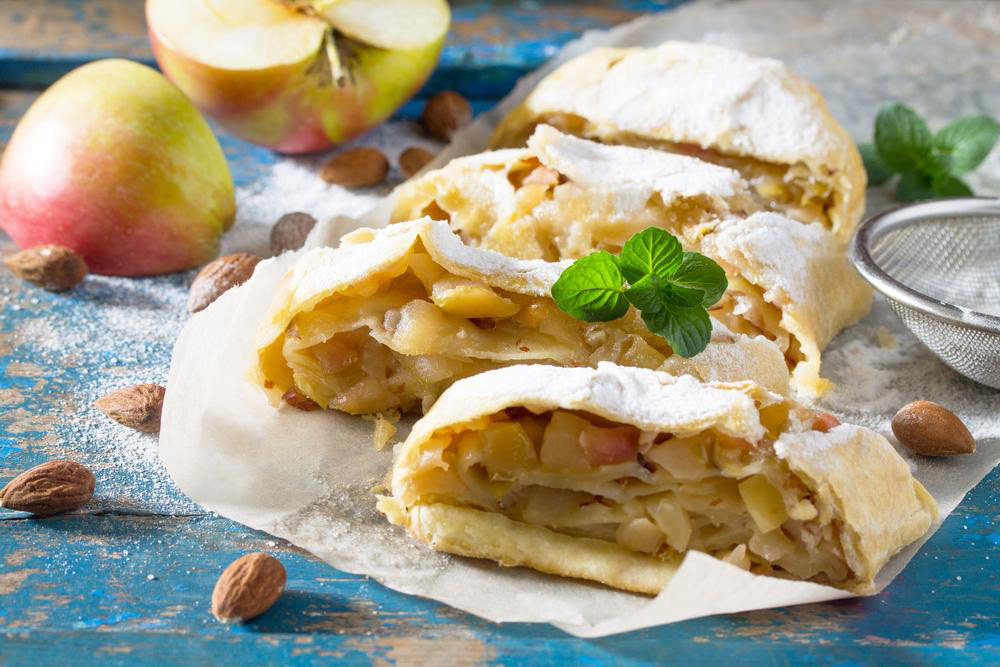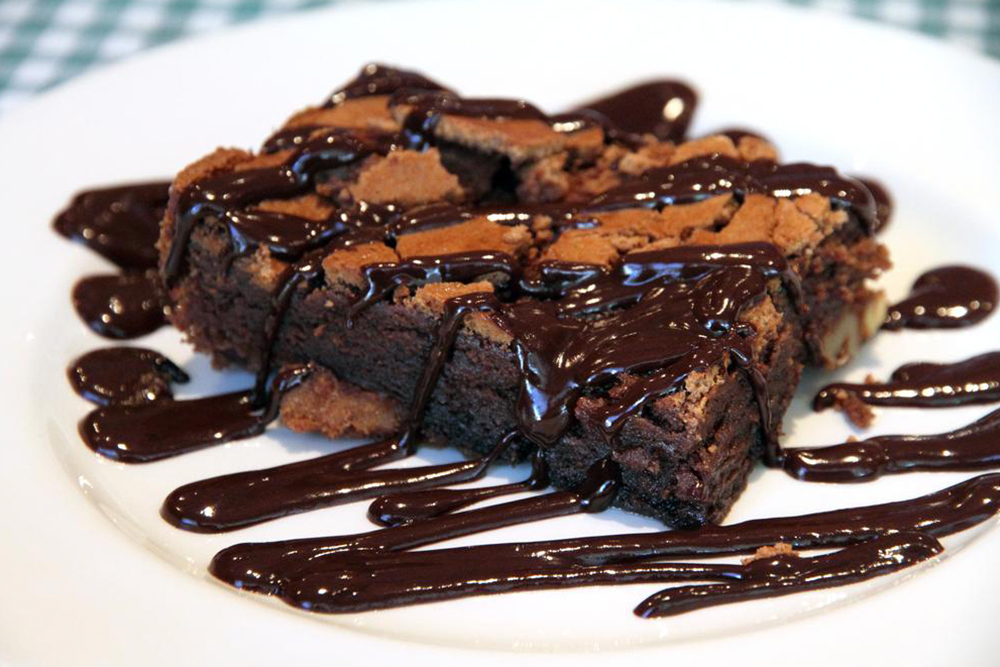Essential Tips for Crafting a Gluten-Free Pie Crust
Discover practical tips for making a successful gluten-free pie crust. Learn about ingredient swaps, kneading techniques, chilling methods, and alternative options to ensure your crust is flaky, tender, and stable. Perfect for gluten-sensitive bakers seeking delicious homemade pastry options.
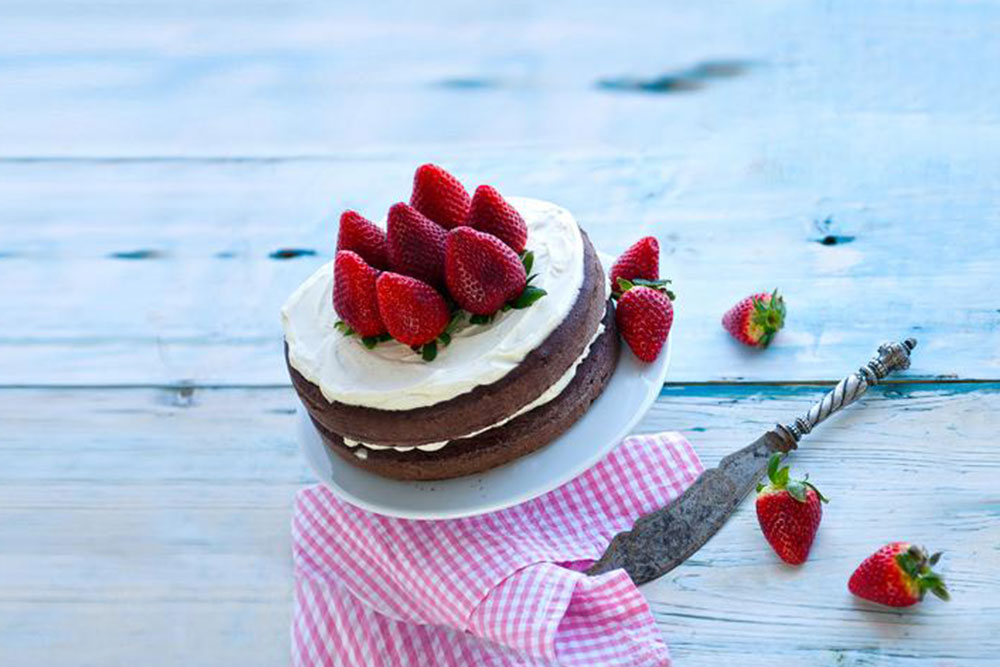
Essential Tips for Crafting a Gluten-Free Pie Crust
If you're seeking a reliable gluten-free pie crust recipe, many store-bought or online options often lack stability and tend to crumble easily when placed in a pie dish.
Follow these key tips to create a tender, buttery, and flaky gluten-free crust that holds its shape and complements your filling beautifully.
Avoid simply swapping wheat flour for gluten-free flour in traditional recipes.
Gluten-free pastry recipes require different flour and liquid ratios. Incorporate ingredients like xanthan gum to mimic gluten's elasticity, ensuring the crust remains pliable and easy to roll out.
Mix ingredients by hand rather than with a food processor.
Kneading the dough by hand produces a more delicate, flaky crust. This method helps control texture better than machine mixing.
Creating double crusts can be challenging.
The process of making a double crust is delicate. Start with small batches until you gain confidence to prevent wastage and ensure proper handling.
Use cold butter for best results.
Cold butter contributes to a lighter, flakier crust. Be sure to incorporate it into your dough while it’s chilled.
Chill the dough thoroughly before rolling out.
Wrapping the dough and refrigerating it for at least an hour (or longer) ensures the butter remains cold, preventing melting and aiding in shaping.
Test your crust beforehand.
Even if it's your first attempt, do a small test to troubleshoot any issues. Keep backup options like nut or cookie crusts handy.
Stay calm and flexible.
If your crust turns out perfect, proceed with rolling and baking. If not, consider alternative crusts made from gluten-free cookies or nuts.

